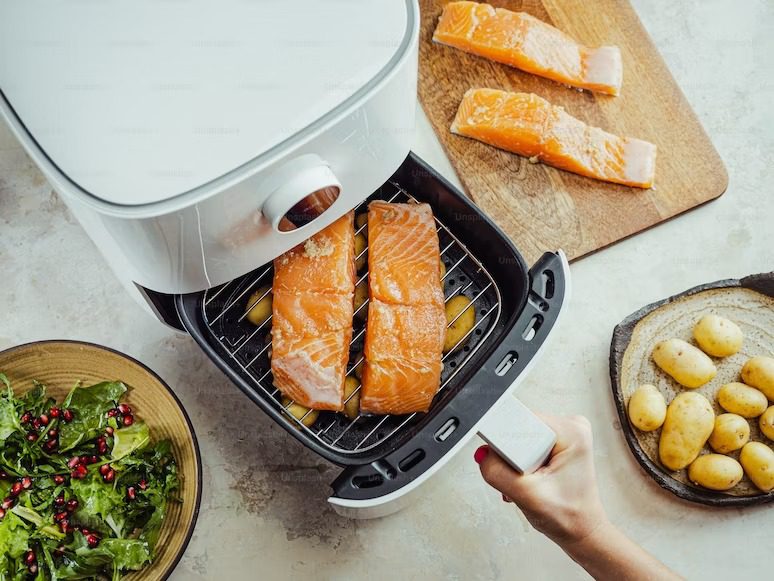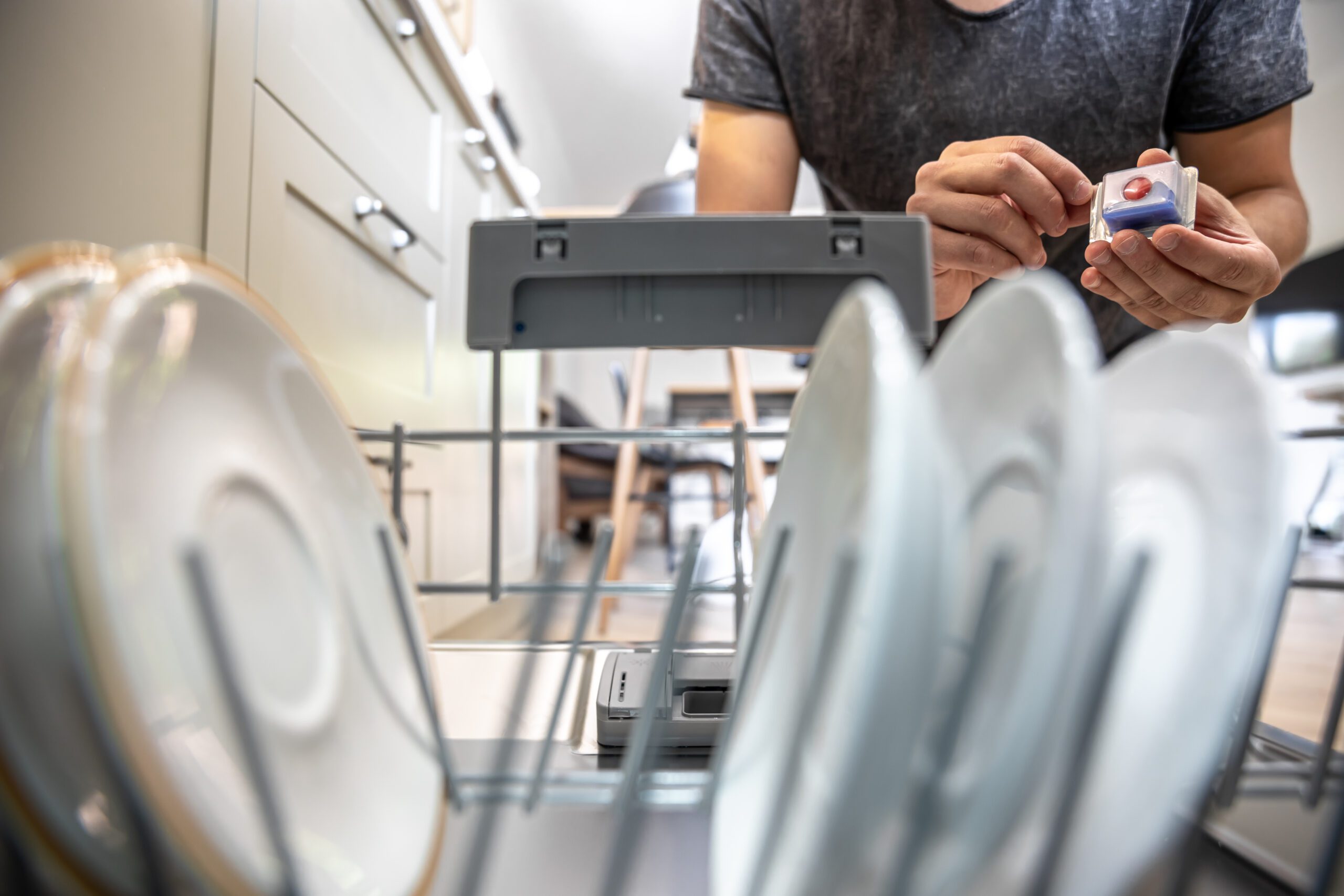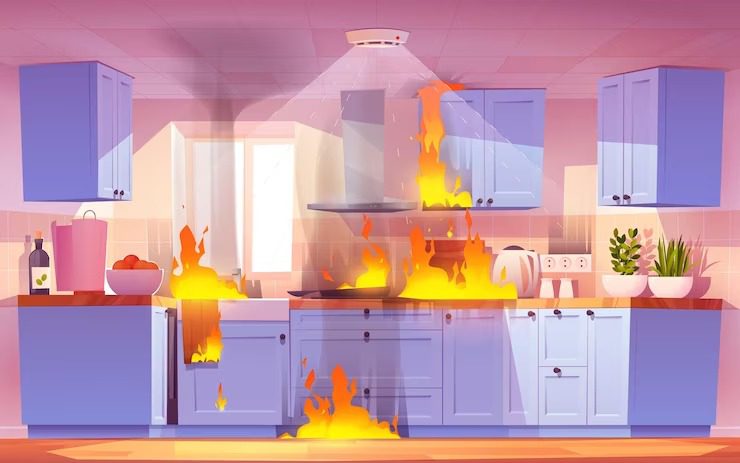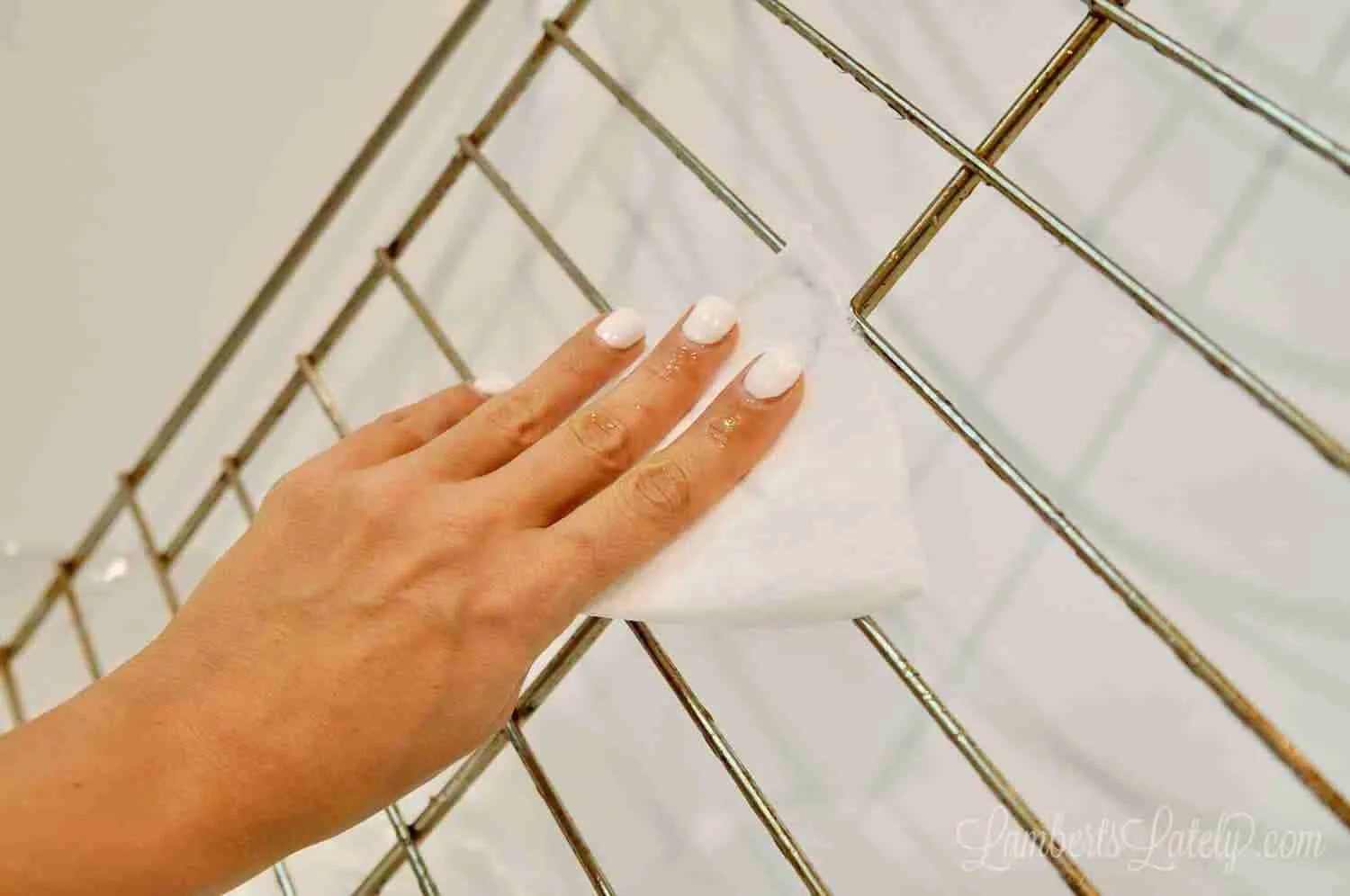Blog Standard

Air fryers are becoming increasingly popular in modern kitchens as they provide a healthier alternative to traditional frying methods. Air fryers use hot air to cook food, resulting in crispy, golden-brown dishes without excessive oil and fat. However, using an air fryer can be tricky, and it takes some practice to get the best results. In this article, we will provide some tips on how to use an air fryer to perfection, so you can enjoy delicious, healthy meals without the hassle. We will cover everything from preparation to cooking times and temperatures, as well as some recipe ideas to get you started. With these tips, you can take full advantage of your air fryer and create tasty, crispy dishes that are sure to impress.
Read More: Dishwasher Cleaning Tips: Goodbye to Dirty Dishwasher
Tip #1: Always Preheat your Air Fryer
Preheating your air fryer before adding food is key to ensure even cooking and the best results. Preheat the air fryer to the recommended temperature for your recipe, usually around 350-400 F. Once the air fryer reaches the target temperature, add in your food. Preheating helps the air fryer recover temperature quickly after adding cold or frozen food.
Tip #2: Do not Overcrowd the Basket
Only fill the air fryer basket up to 2/3 capacity for the best results. Overcrowding the basket prevents air circulation, resulting in uneven cooking. For the best results, cook food in batches and do not stack food on top of each other. Shake the basket once during cooking to ensure even browning.
Tip #3: Use a Mist Bottle for Oil Application
Instead of coating food in oil, which adds extra calories, spray food lightly with oil using a mist bottle or spray bottle. Spray 1-2 short bursts to lightly coat the food. Then spray the inside of the air fryer basket to prevent sticking. This cuts down on excess oil but still produces crispy results.
Tip #4: Be Vigilant in Checking Your Food for Doneness
The cooking time can vary in air fryers, so check on your food frequently. Open the air fryer basket and check to see if the food is browned and crispy as desired. Meat may need to be cut open to check that it is cooked through. It’s best to undercook slightly, then continue cooking in short time increments until the food is done to prevent overcooking.
Tip #5: Swap out Deep-Fried Favorites for Air-Fried Versions
Many fried foods can be made in the air fryer with a fraction of the oil. Swap out foods like fried chicken, french fries, mozzarella sticks, and onion rings for air-fried versions. You’ll get the same crispy-coated texture without the extra grease.
Tip #6: Use Low-Fat Cooking Sprays Instead of Heavy Oils
For even lighter results, use cooking sprays designed for high-heat cooking methods in place of oils. Spray the air fryer basket before adding food and spray food directly. These sprays contain oil but in an aerosol form so only a small amount is needed.
Tip #7: Opt for Leaner Proteins Such as Chicken and Fish
The air fryer does an excellent job of cooking lean proteins that can often dry out using other methods. Chicken, fish, and shrimp come out juicy and tender in the air fryer. Coat with oil or spray and cook at 400 F, reducing heat to 350 F if needed. Check for doneness and internal temperature.
Tip #8: Track your Cooking Times to Reduce the Risk of Overcooking
Air fryers can cook food very quickly, so diligently track cooking times to avoid overcooking. Check on food frequently. Note cooking times each time you use the air fryer to get a sense of typical cooking durations for different types of food. This helps reduce trial and error in the future.
Tip #9: Experiment with Different Batters and Coatings for Fried Foods
For extra crispy fried foods with lighter results, experiment with coatings and batters besides plain flour. Some options include cornstarch, panko bread crumbs, crushed crackers or pretzels, mashed potato flakes, and crushed tortilla chips. Dip or coat, then spray with oil and cook as directed.
Tip #10: Create Unique Flavor Profiles by Using Marinades and Seasoning Blends
Marinate meats and vegetables before cooking in the air fryer or season generously with spice blends for extra flavor. The intense heat of the air fryer helps seasonings and marinades penetrate food deeply. Try BBQ rubs, lemon pepper, chili powder, or Cajun seasonings. Or marinate in soy sauce, citrus juice, or vinegar.
Tip #11: Use the Air Fryer to Quickly Roast Nuts and Seeds for Added Texture
The air fryer can quickly roast nuts and seeds to add crunch and texture. Coat nuts in oil and a bit of spice such as chili powder, cinnamon sugar, or ranch seasoning. Cook at 350 F, shaking the basket frequently, until nuts are toasted, about 5-8 minutes. Watch closely since nuts can burn quickly.
Tip #12: Bake Small Desserts and Treats in the Air Fryer for Quick Indulgences
The air fryer works great for small-batch baking of desserts and treats. Make donuts, cookies, brownies, cinnamon sugar churros, or fruit crumbles. Grease the air fryer basket and sides, then cook at around 325 F until the center is set. Keep a close eye since desserts and pastries can overcook quickly in the intense air fryer heat.
Conclusion
An air fryer is a versatile and convenient kitchen appliance that can help you create healthy and delicious meals with ease. By following these 14 tips, you can take full advantage of your air fryer and achieve perfect results every time. From choosing the right temperature and cooking time to experimenting with different ingredients and recipes, there are many ways to get creative with your air fryer. With a little practice and patience, you can master this versatile kitchen appliance and enjoy crispy, golden-brown dishes without the guilt of excess oil and fat. So, whether you’re a beginner or a seasoned pro, these tips will help you take your air frying game to the next level and create delicious and healthy meals that everyone will love.


















